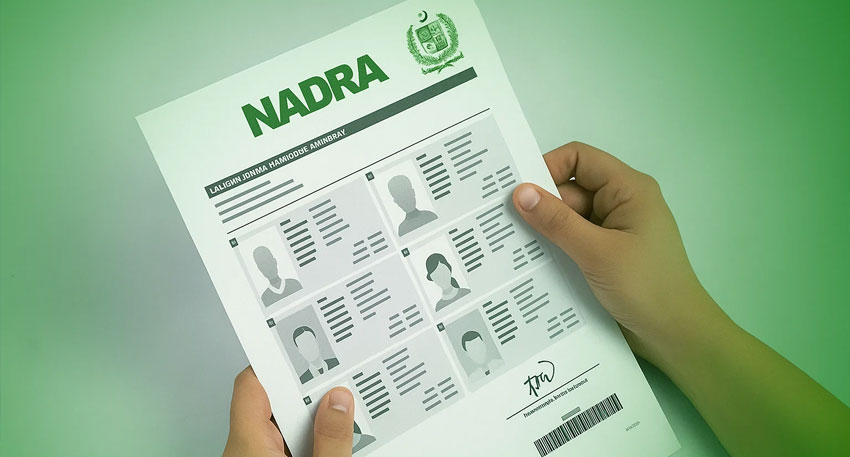
What started as a record-breaking rally in the Taiwan dollar on Friday and Monday is now echoing throughout Asia. Currencies in Singapore, South Korea, Malaysia, China, and Hong Kong are all surging — a sign that capital is flowing into the region at unprecedented levels, threatening a core pillar of dollar strength, Reuters reported.
Although markets steadied somewhat on Tuesday after Taiwan’s currency posted a jaw-dropping 10% gain in just two days, the Hong Kong dollar edged toward the strong side of its trading band and the Singapore dollar hovered near a 10-year high.
"To me, it has a very sort of Asian-crisis-in-reverse feel to it," said Louis-Vincent Gave, founding partner of Gavekal Research, in a podcast, highlighting the speed and scale of the currency moves.
Back in 1997-98, capital flight crushed Asian currencies and triggered a regional push to hoard U.S. dollars. But now, the tide appears to be turning.
Also read: Gold price explosion in Pakistan - Is global surge the real trigger?
"Since the Asian crisis, Asian savings have not only been massive, but they ve had this tendency to be redeployed into U.S. Treasuries. And now, all of a sudden, that trade no longer looks like the one-way slam dunk that it had been for so long," said Gavekal s Gave.
Taiwanese traders reported that dollar selling was so intense it disrupted normal trading, with many suspecting silent approval from the central bank. Other Asian markets also saw unusually heavy volumes.
Analysts attribute this shift to U.S. President Donald Trump’s aggressive trade policies, which have shaken investor confidence in dollar-denominated assets and disrupted the traditional flow of export earnings into the U.S.
"Trump s policies have weakened the market s confidence in the performance of U.S. dollar assets," said Gary Ng, senior economist at Natixis. Some traders have even speculated about a behind-the-scenes agreement to weaken the dollar — informally dubbed a "Mar-a-Lago agreement," referencing Trump’s Florida resort — though Taiwan officials denied foreign exchange was discussed during recent trade talks.
Talk Becomes Action
The real concern lies in the vast reserves of dollars across Asia — especially in China, Taiwan, South Korea, and Singapore — amounting to trillions. China alone held nearly $960 billion in foreign currency deposits as of March, the highest level in nearly three years.
These dollar holdings underpin large-scale investments in U.S. assets, often with minimal hedging. Now, sentiment appears to be changing. Goldman Sachs reported on Tuesday that investors have flipped from betting against the yuan to betting against the dollar.
Robin Xing, Morgan Stanley’s chief China economist, said the shift was catalyzed by Trump’s April 2 tariff announcement, calling it a wake-up call for investors to hedge — or even divest from — U.S. assets.
"Over the mid- and long-term, I think people start thinking: how to diversify assets in the future, rather than be stuck in the outdated mentality of dollar supremacy."
Even the once-popular strategy of borrowing in Hong Kong dollars to buy U.S. dollars — dubbed the “free-money” trade — has begun to unwind.
"Macro funds and leveraged players have hundreds of billions of dollars in the HKD forwards free-money trade, and now they are unwinding," said Mukesh Dave, CIO at Aravali Asset Management.
Adding fuel to the fire, Hong Kong’s de facto central bank announced it is shortening its U.S. Treasury durations and diversifying away from the dollar. Bond rallies across Asia suggest capital may be returning home.
"Repatriation talk is becoming reality," said Parisha Saimbi, Asia-Pacific rates and FX strategist at BNP Paribas. "Whichever format it comes in, it suggests that the support for the dollar is shifting and it s turning lower ... I think it speaks to this idea that there is a de-dollarization in action."
UBS estimates that if Taiwanese insurance firms increase their currency hedges to historical averages, it could trigger about $70 billion in dollar selling.
Taiwan’s central bank has pledged to stabilize its currency, and even the president made a rare video appearance to assert that exchange rates were not part of trade negotiations.
But the markets are speaking louder than words.
"USD/TWD is a canary in the coal mine," said Brent Donnelly, president of Spectra Markets. "Asian demand for U.S. dollars and Asian central bank desire to support the U.S. dollar is waning."
Would you like a visual timeline or chart to illustrate the shift in dollar demand across Asia?



